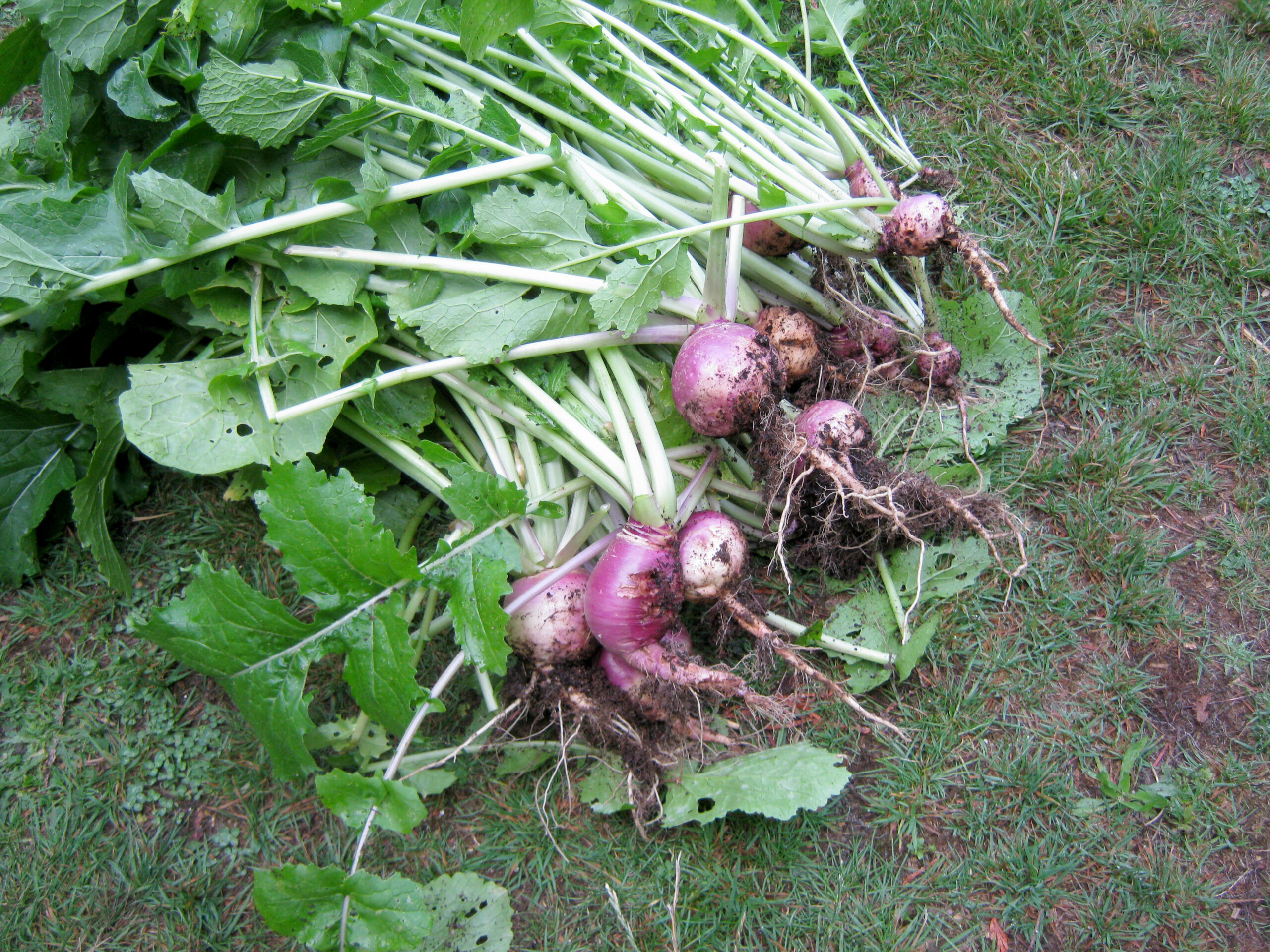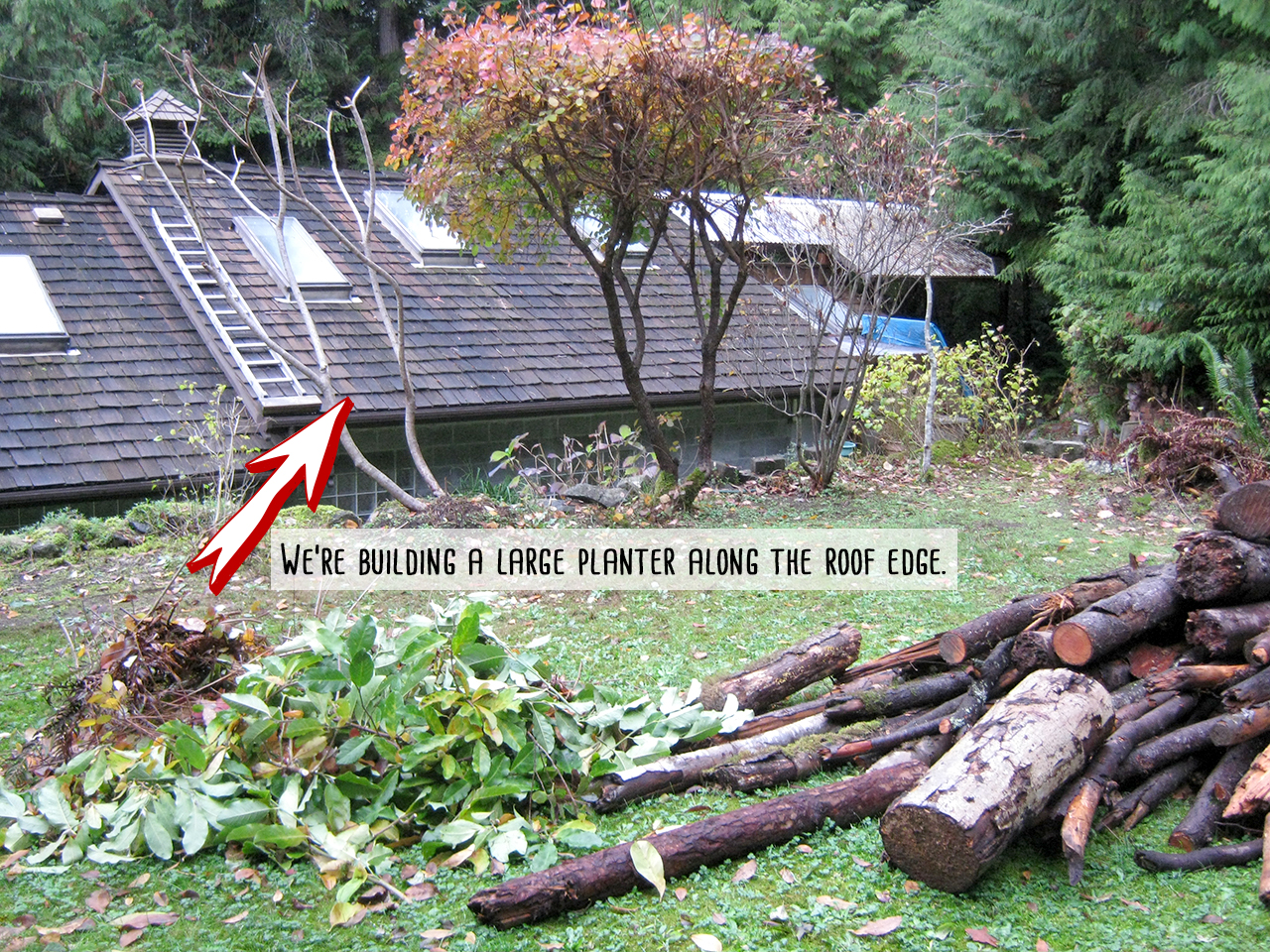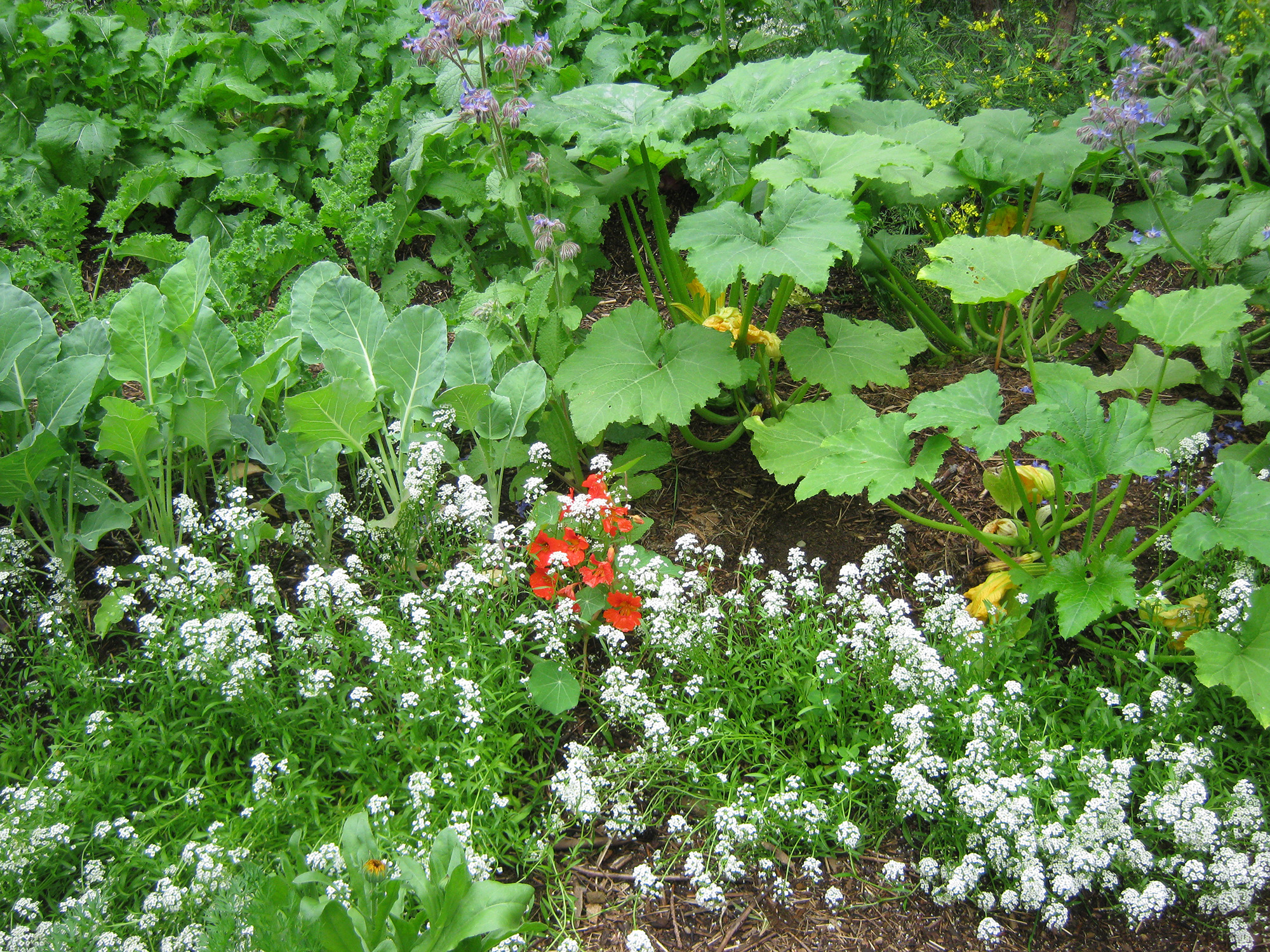
This is the most exciting part of the whole permaculture design process for me: obtaining that yield. Whether it’s harvesting vegetables from your permaculture garden, picking apples from your food forest, or storing the energy from solar panels, obtaining a yield is pure excitement.
I’m not in the position to pick my own apples or light my home with solar power yet, but time spent harvesting food from my garden is one of the most gratifying things I do. Food yield is the main area I’m concentrating on here on this rental property.
There is a long list of yields that can be obtained on a permaculture property, big or small. Vegetables are just one of them. Energy, in all its forms, is another. Meat, eggs and milk can come from your animals, along with hides and fur, feathers and manure. A food forest can supply fruit, berries, vegetables, fire wood, building materials, medicine, craft supplies, and more. Herbs and flowers can be harvested for food and medicine. And then there is the wild stuff to be harvested from your property or the surrounding area.

Food yield potential on this property
Besides the vegetable garden, with its array of tasty vegetables, we have herbs – rosemary, sage, oregano, thyme – growing here and there; and many edible flowers growing throughout the summer.
As for wild things, we have LOTS of blackberries (of course, this is the Pacific Northwest after all), as well as Oregon Grape (edible berries). I plan on planting berries this year, as well as some lesser known edibles for the shady areas, such as hostas.
Last year was the first year for this garden, and it did very well. But there really isn’t a lot of growing space on this property as it is VERY shaded, and there is little to be done about it.
This year we are expanding our growing space by utilizing the shop roof, which gets great sun. This is where the tomatoes and peppers will be residing this year, and I have high hopes for them. I expect to obtain an impressive a yield of canning and drying tomatoes, and I’m pretty excited about that.

Pots and tubs, and whatever other receptacles we can scrabble together, will be used to grow food. Obtaining a food yield is my main priority, and I hope to really maximize the limited space here. I’ll keep you updated!
And I’m hoping to get some mushroom logs going this year! How cool would THAT be? I do love mushrooms.
The yields of your permaculture system have multiple roles. They can feed you, feed your animals, and feed the other systems. But they can also support you in other ways.
Your yields can be sold in various ways and forms, and can be used as trade for items you need. Some people think that ‘income’ is a dirty word in the permaculture world (more on that some other time). But if you can make a living doing what you love, how cool would THAT be?
The important yields
The most important yield that you will obtain as you work within your permaculture system is knowledge. We always have something to learn from our permaculture adventures, and this knowledge will lead us on to greater heights. My permaculture garden has given me so much knowledge already, just by observing and interacting, and obtaining a yield; and I look forward to learning more this year.
The main idea of this principle is to use good permaculture design to set up systems that put out more energy than they take, and give you yields for yourself – food, energy, medicine, etc. – as well as yields to put back into the system. This creates self-supporting, stable systems. Cool stuff.
So, go take a walk around your system, and see how long a list of yields you can make. You might be surprised.
Health, Hope & Happiness
Tracy
